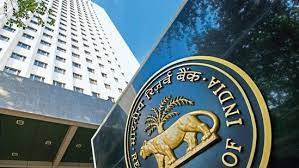Live Classes

On Tuesday, the Reserve Bank of India (RBI) introduced a prompt corrective action (PCA) framework for non-banking finance companies (NBFCs). The framework has been designed to trigger supervisory intervention at the suitable time, helping nurse the entity back to health, and limit the fallout on the larger financial system. Under it, certain parameters of NBFCs like bad loans and capital adequacy ratios will be monitored, and as and when these parameters fall below pre-defined levels, the central bank will impose restrictions on activities of NBFCs in varying degrees. The framework will be effective from October 2022, giving the NBFCs time to bolster their balance sheets which may have been impacted due to the economic fallout of the pandemic. With this step, the RBI is moving towards bringing about some alignment in the supervisory framework of NBFCs with that of banks. Under the framework, the central bank has taken three indicators, namely, the capital to risk weighted assets ratio (CRAR), the tier I capital ratio and the net NPA ratio (NNPA) to delineate three risk thresholds. If an NBFC’s position worsens on these parameters, then the entity will move higher on the risk profile. And as its risk profile deteriorates, the severity of the restrictions imposed by the RBI will increase. These begin with curbs on the distribution of dividend, restrictions on guarantees and taking on contingent liabilities of group companies, and requiring the promoters/shareholders to infuse equity in the entity and reduce leverage. At high risk thresholds, curbs will also be imposed on branch expansion, capital expenditure, and operating costs. Exit from the PCA framework and the easing of restrictions will be conditional upon the NBFC not breaching the risk thresholds for four continuous quarters.
Download pdf to Read More